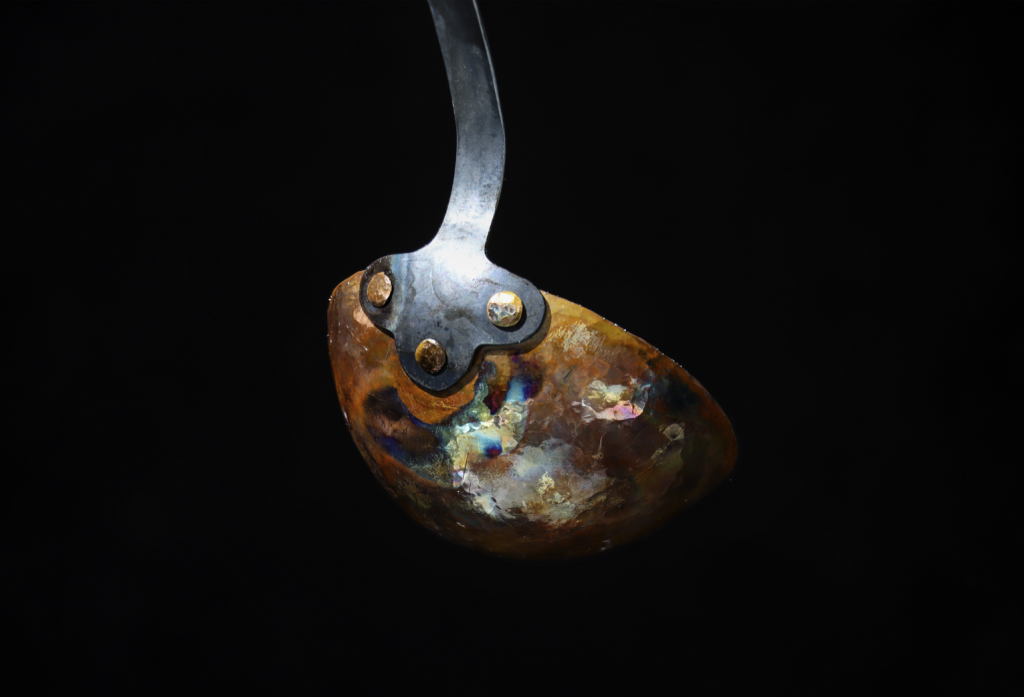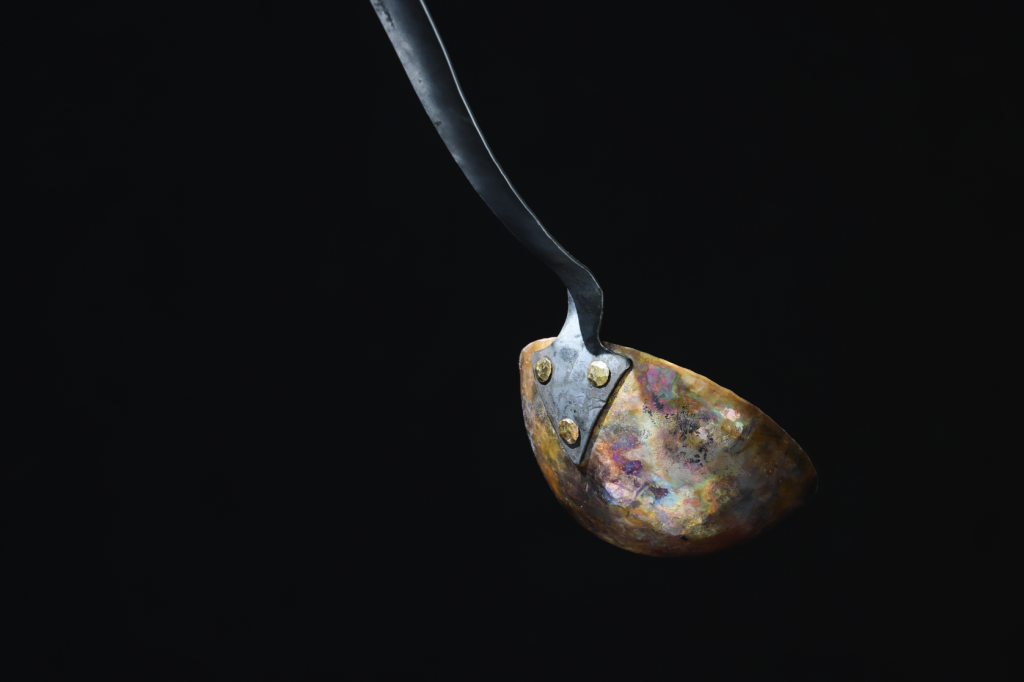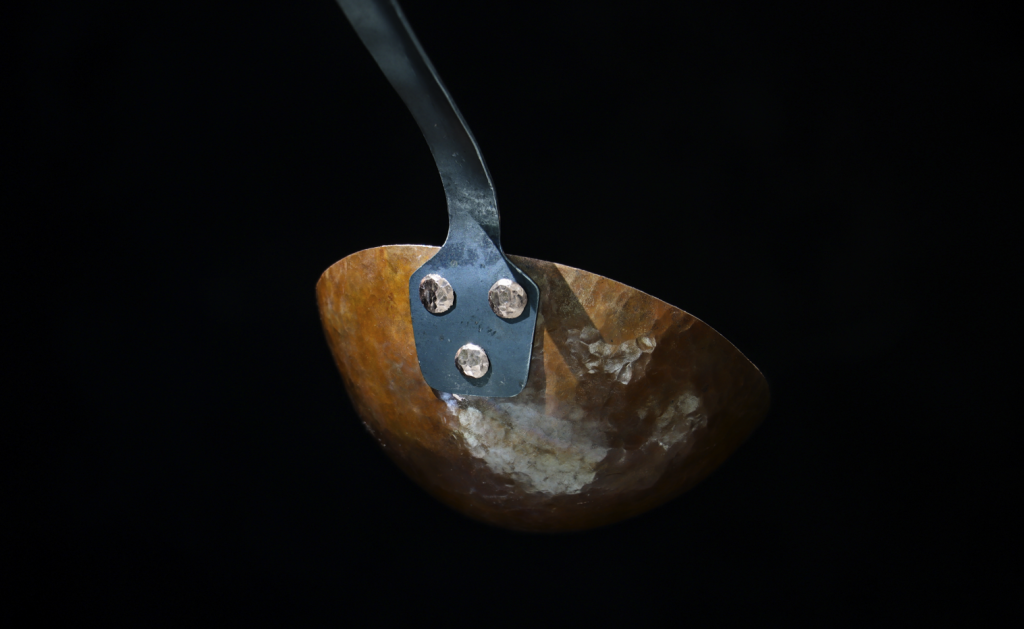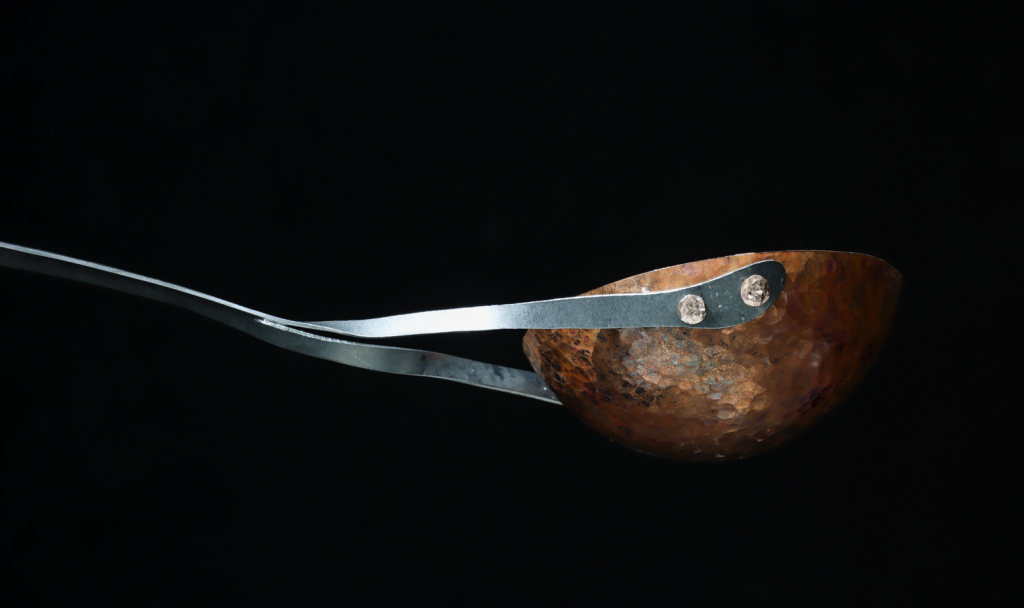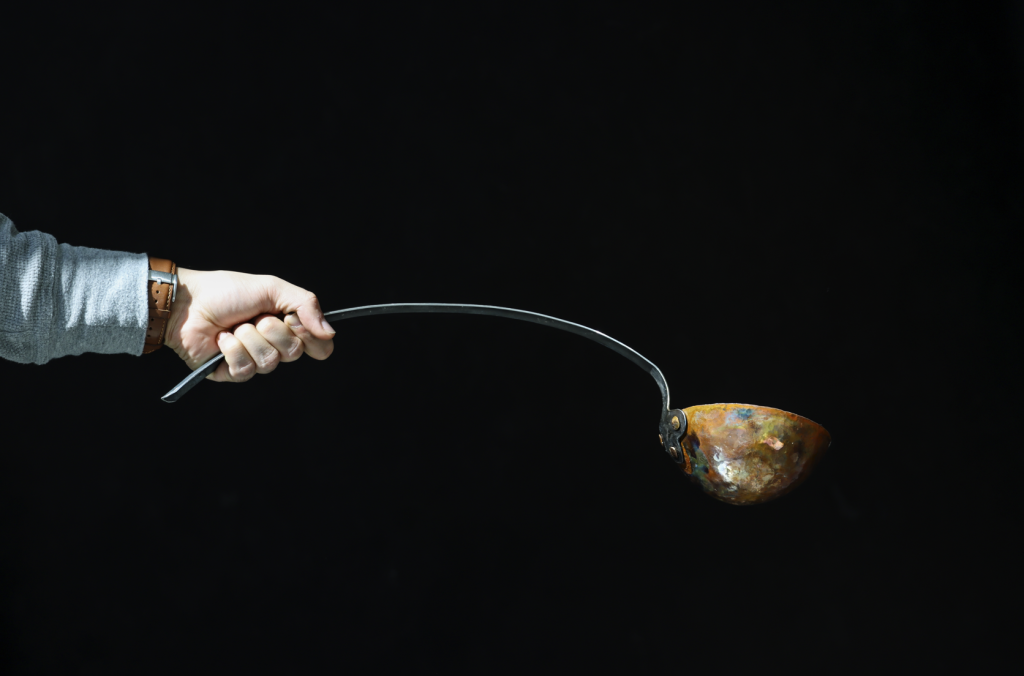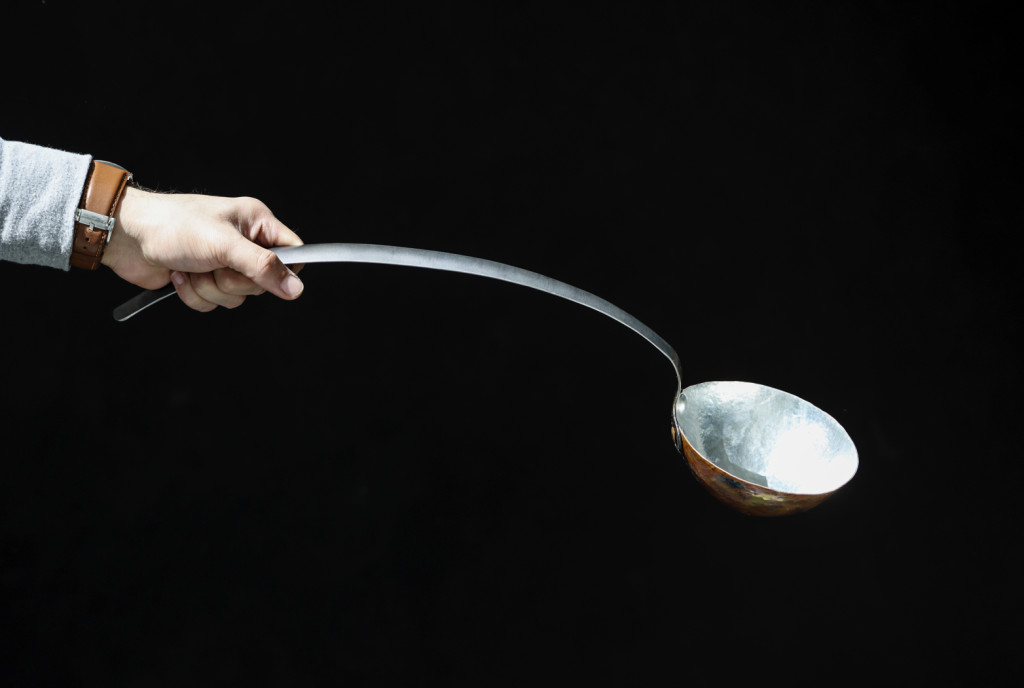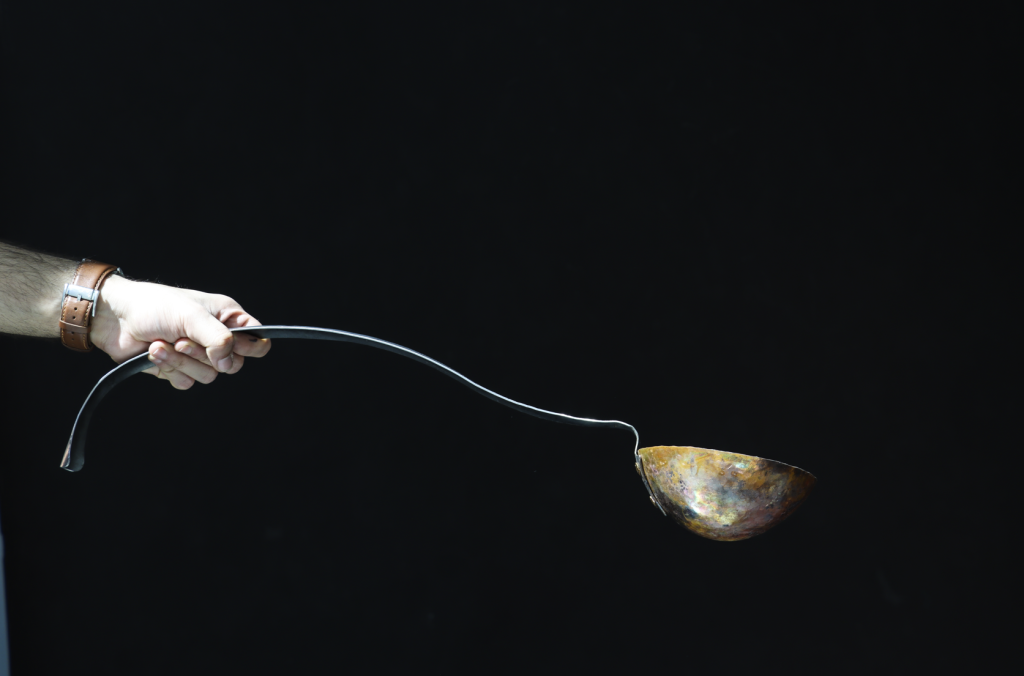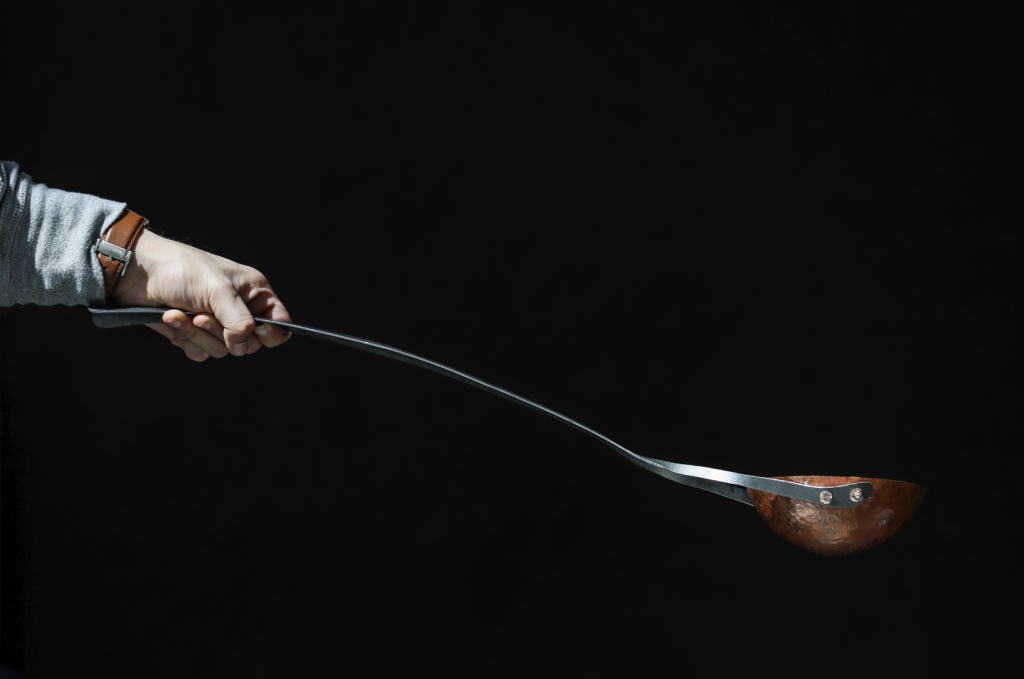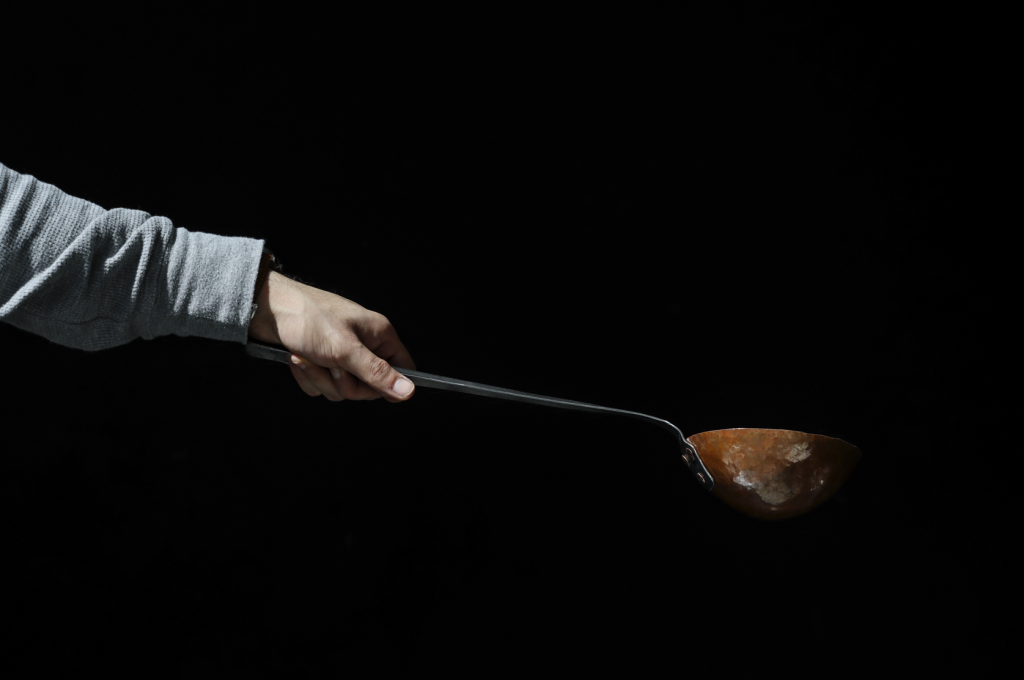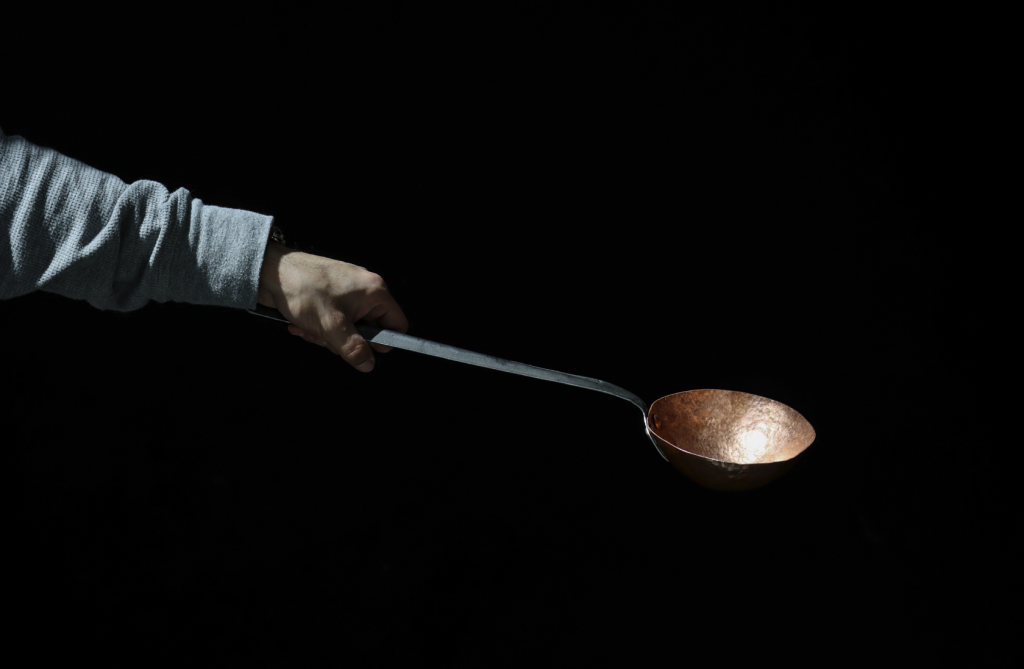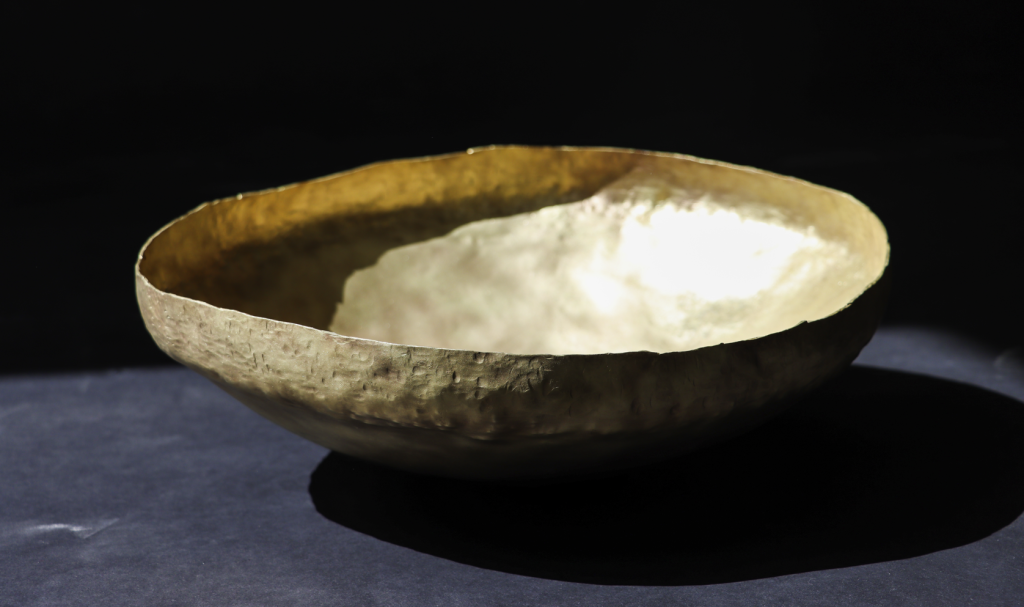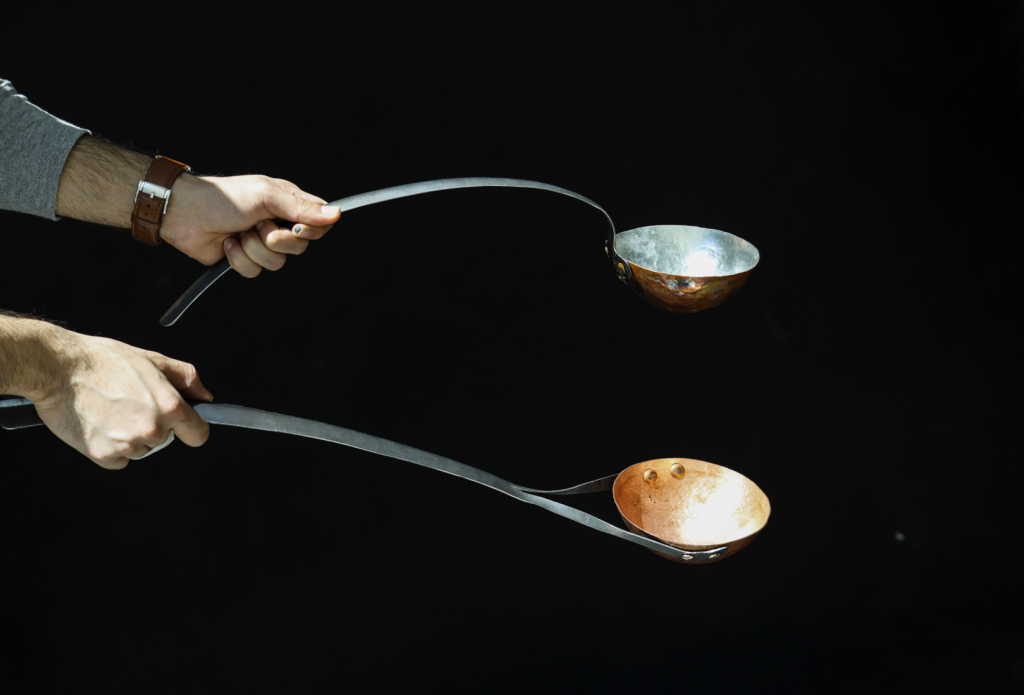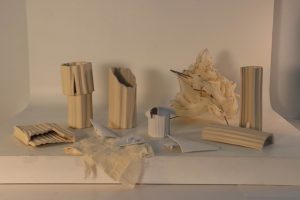कलई | Kalai
Ameya Shawak
See it On Campus: Level 2
Visitor InfoIsland Table 1 Rennie Hall

कलई | Kalai
ReThinking Care and Culinary Legacies
Ameya Shawak
Kalai – The practice of tinning Copper and Brass utensils.
Scroll down to find the Kalai video and instructions
Once prevalent in every Indian home, the practice of Kalai dwindled with the introduction of aluminium and steel utensils. Kalai, periodically done once or twice a year, is not just a practical necessity but a routine of maintenance and care. However, as people turned to markets for this service, they became disconnected from this meaningful ritual.
My project aims to re-introduce Kalai into modern kitchens, emphasizing its deeper cultural and philosophical implications alongside its practical benefits, by transforming it into a personalized ritual.
By incorporating this practice into our culinary routines through unique custom-made tools and utensils, we enhance our cooking experience and foster a renewed sense of connection with our culinary legacies.
Yet, my effort extends beyond the mere preservation of kitchen tools and culinary heritage. I seek to catalyse a paradigm shift towards ReThinking Care and Cultivating New Legacies in our daily lives.
Kalai, as a form of restoration and care, serves as a metaphorical bridge, evoking memories of culinary legacies and urging their preservation. As it revitalizes our utensils, this practice cultivates a mindset of innovation and culinary creativity, cultivating fresh legacies in the process.
Why is Kalai Needed?
Improved Cooking Performance: Uncoated copper and brass are highly reactive to the acids in food, especially at cooking temperatures. This can alter the taste of the food and prolonged use over years can lead to copper poisoning. Tinning helps to create a smooth, non-reactive surface on the interior of the utensil, which is ideal for cooking. It prevents the formation of harmful compounds that can occur when acidic or reactive foods come into contact with untreated copper or brass.
Prevention of Oxidation: Copper and brass are prone to oxidation, which can lead to tarnishing and corrosion over time. Tinning creates a protective barrier, preventing direct contact between the metal and the surrounding environment, thus reducing oxidation.
Ease of Cleaning: Tinned surfaces are easier to clean and maintain compared to untreated copper or brass. The smooth, non-porous surface of tin prevents food particles from sticking, making it easier to wash the utensil after use.
What Have I Done for This Project?
Scroll past the ‘Kalai Video’ to see all the pieces that I have made for this project
I’ve revamped the process of Kalai to make it safe for home kitchens.
Previously, Kalai involved using crystallized Ammonium Chloride as flux and pure tin, requiring significant skill and posing health hazards. The resulting dense white smoke of Ammonia and HCl (acid) was highly toxic and corrosive, rendering it unsuitable for DIY applications. My own attempts with this method yielded poor results, highlighting its complexity and inherent dangers.
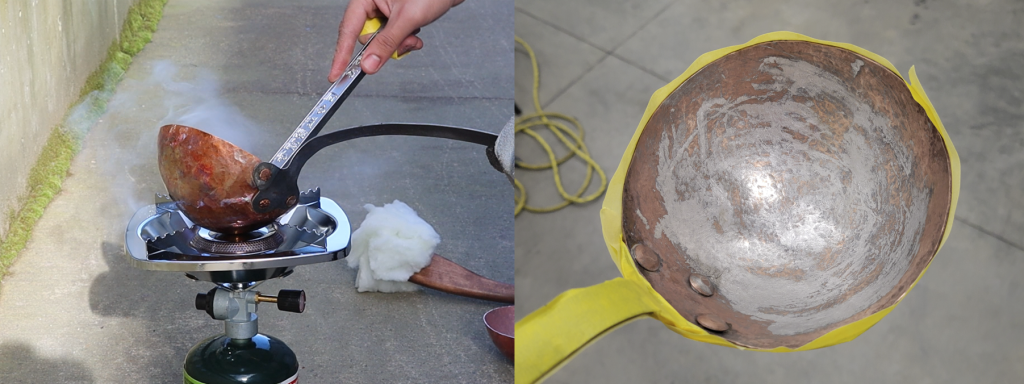
Dense white smoke of Ammonia and HCl;
Poor tinning result
After numerous trials and experiments, I discovered that employing lead-free silver-bearing solid wire solder with plumbing flux proved highly effective. This alternative eliminates toxic gas emissions and simplifies the process, making it accessible even to novices.
Traditionally, Kalai was performed using makeshift tools, such as old pieces of thick cotton or cloth, over a coal/wood fire, posing burn risks. To address this safety concern, I designed an ergonomically crafted Kalai Applicator tool. Featuring a prong fitted with glass wool (which withstands the melting temperatures of tin and silver), this tool ensures a safe distance from hot surfaces while providing optimal grip and control for efficient tinning of utensils.
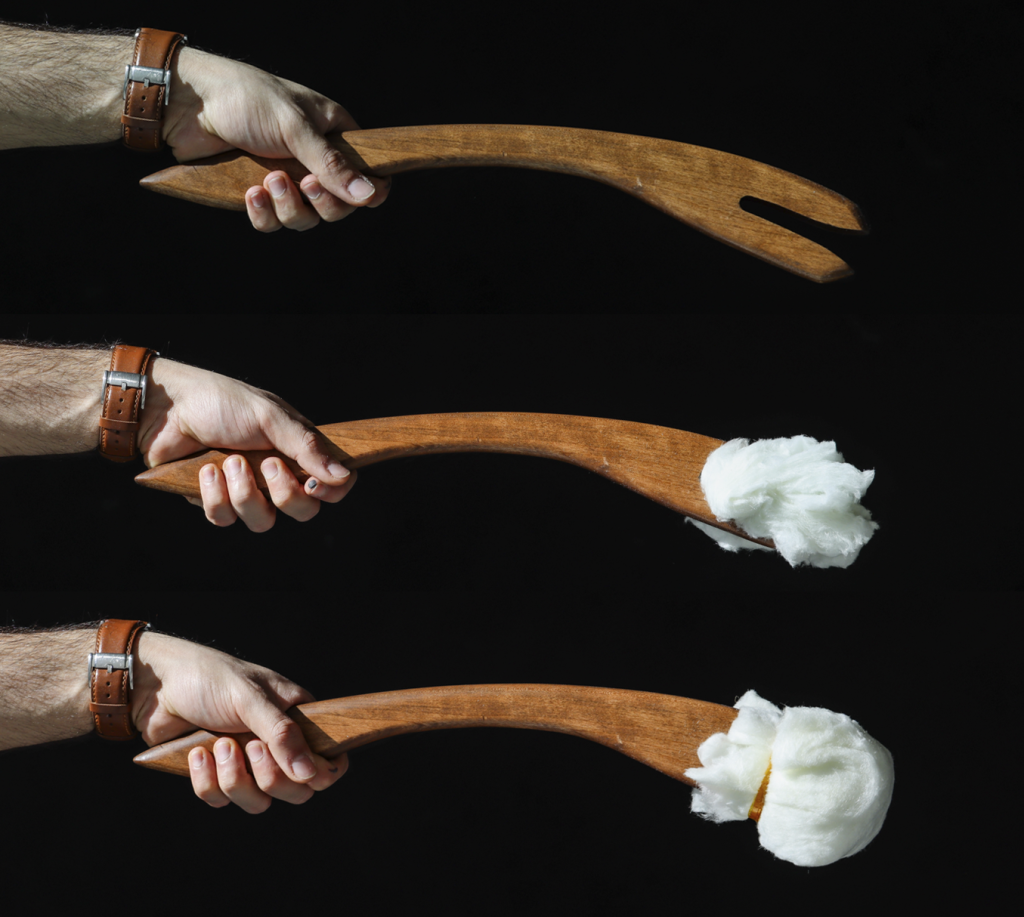
Kalai Applicator Tool with the Glass Wool
Kalai Process
Kalai Instructions
Materials Needed
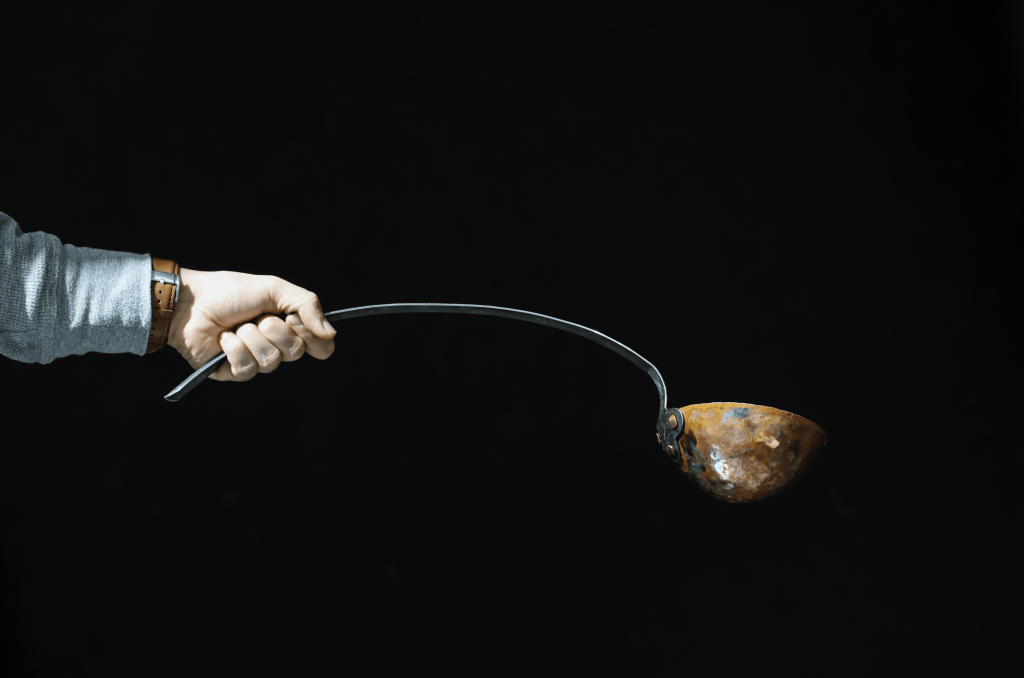
Copper or Brass Utensils
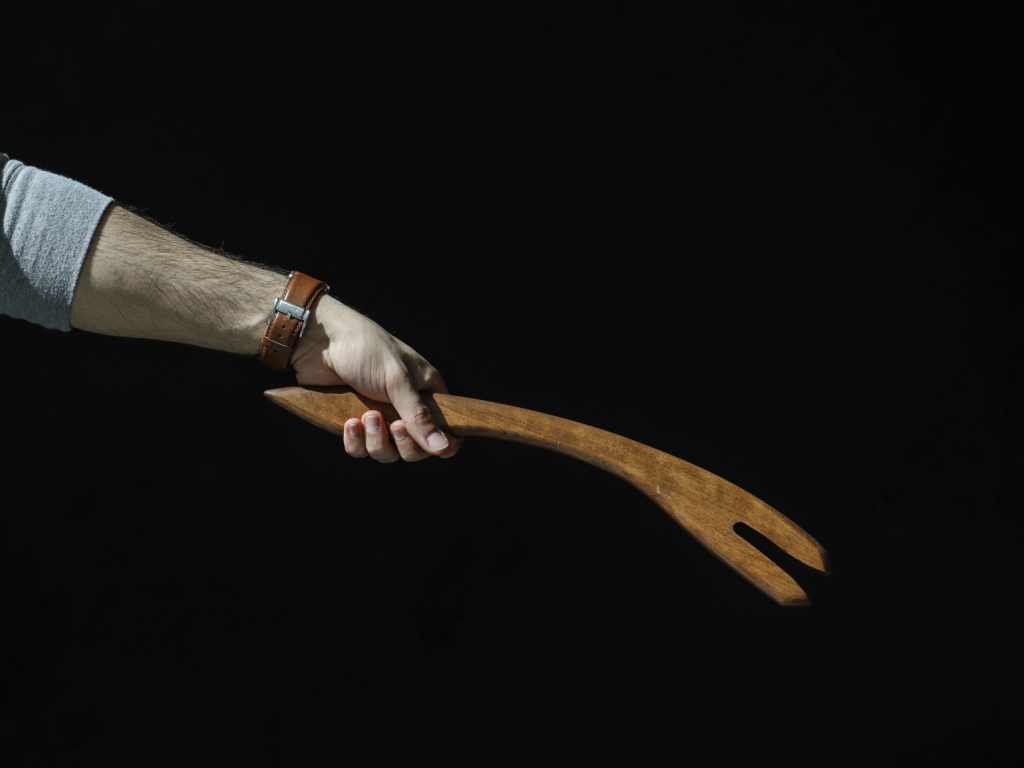
Kalai Applicator Tool
(With Glass Wool Fitted into the Prongs; as seen in the video)
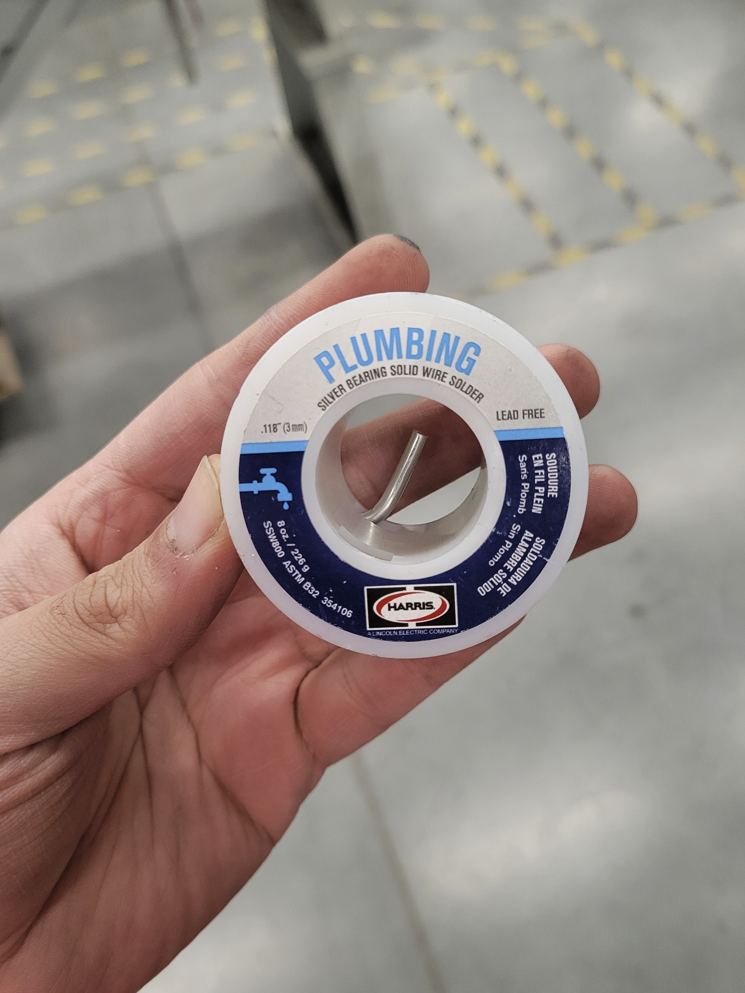
Plumbing solder
(Lead-free; used to solder copper water pipes)

Kitchen Stove or a Camping Stove
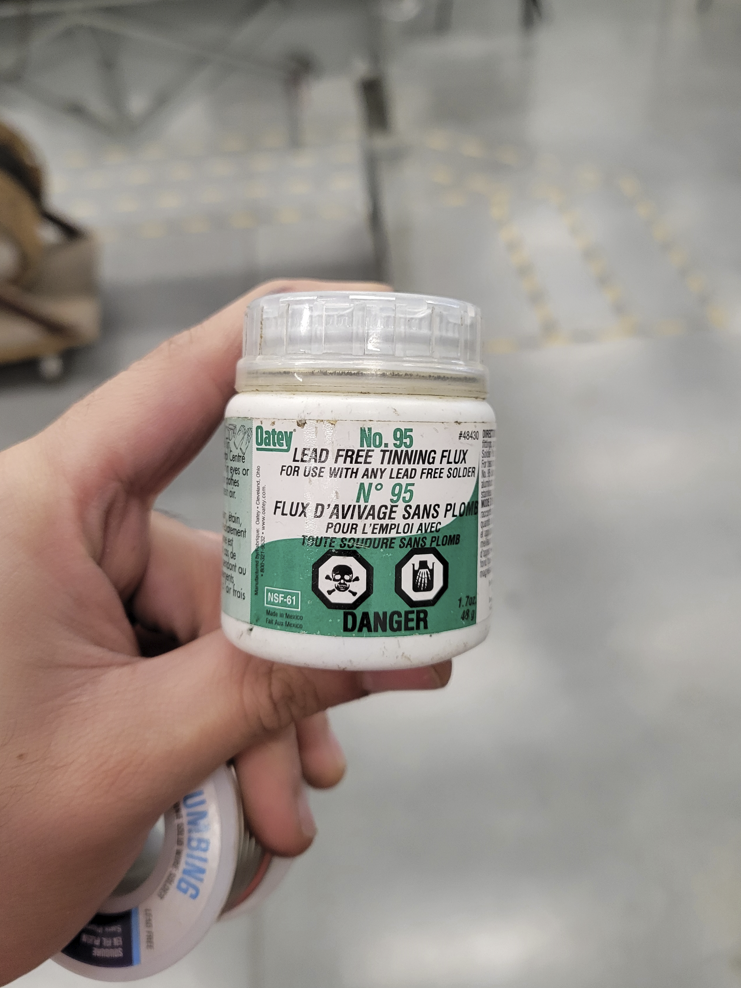
Tinning/Plumbing Flux
(Lead-free; Used for Soldering Copper Pipes)
Preparation:
Clean the utensils thoroughly with copper cleaner or white vinegar and steel wool. Ensure no oxidation layer is left behind.
Applying Flux:
Apply a thin layer of the flux on the inner part of the utensil where the tinning needs to occur.
Heating the Utensil:
Keep the solder wire ready and start heating the utensil on the stove.
Once the flux starts smoking slightly, touch the solder wire to the inner part of the utensil.
Pay special attention to the part of the utensil where the handle attaches to the main vessel, as the metal of the handle can act as a heat sink. Heat this area slightly more.
Melting the Solder:
When the solder wire starts to melt upon contact, it indicates that the utensil is hot enough. This process typically takes a few minutes.
Apply the solder accordingly, ensuring not to apply too much.
Avoid Overheating:
Be cautious not to overheat the utensil, as it may cause the tin to burn. Heat the utensil just enough so the tin stays melted.
Take the utensil off the stove occasionally to avoid overheating.
Spreading the Tin:
Use the Kalai Applicator tool to spread the molten tin evenly around the inner surface of the utensil.
Wipe off any excess tin that starts to pool.
Cooling:
Once thoroughly coated, remove the utensil from the heat source and let it cool naturally or run it under tap water.
Completion:
Your tinning process is complete! The utensil is now ready to cook in!
Final Pictures
